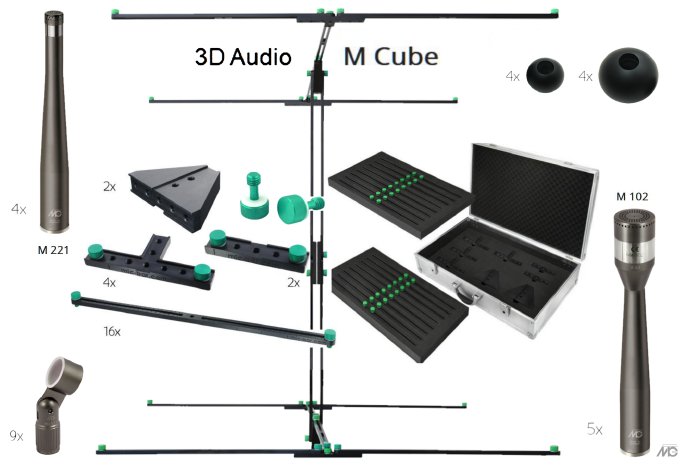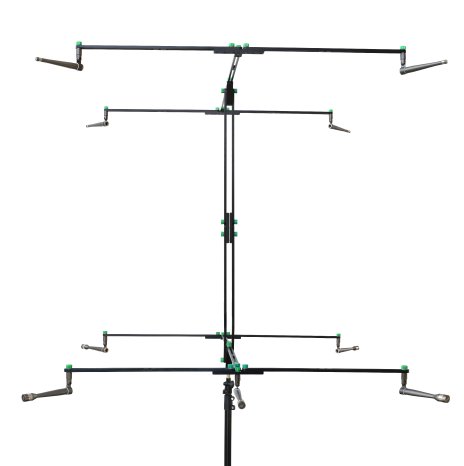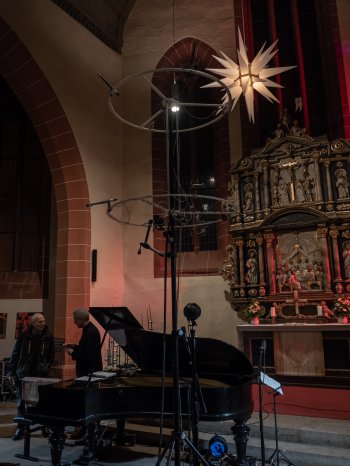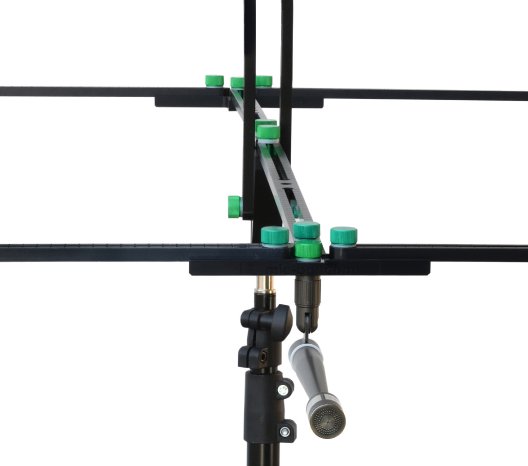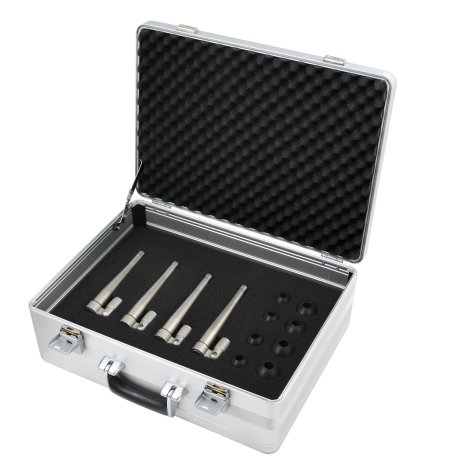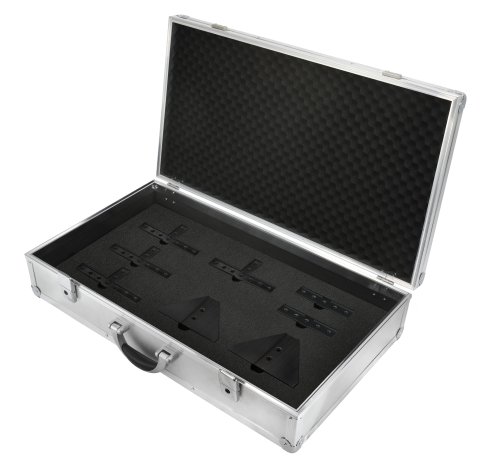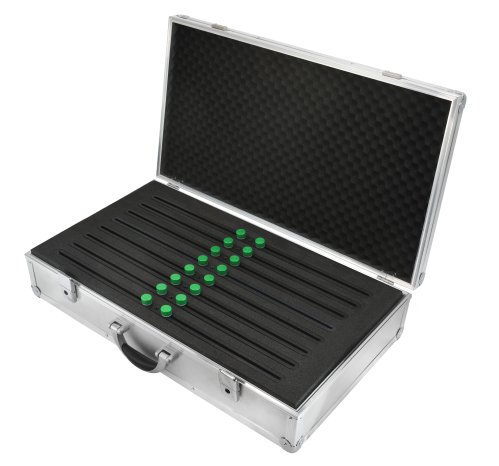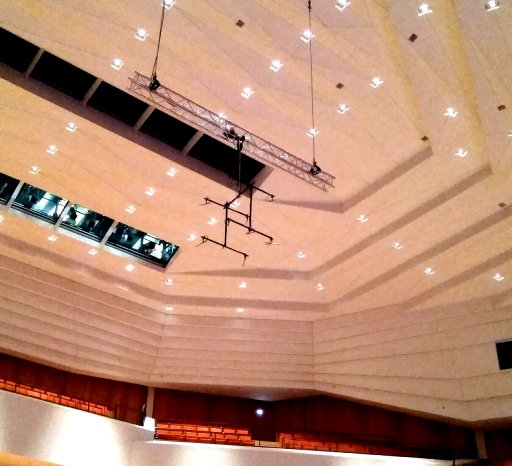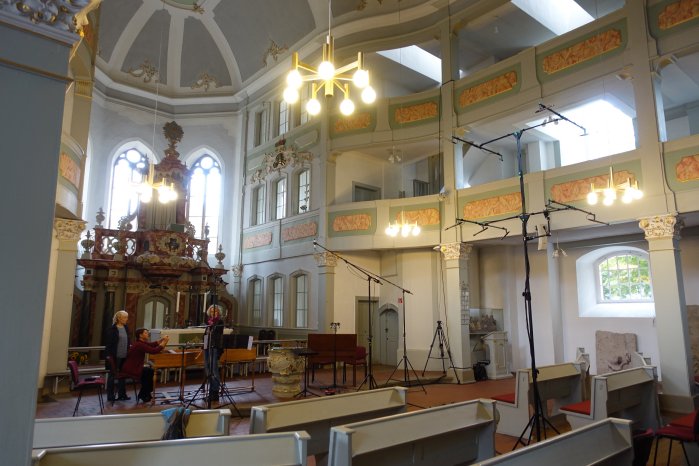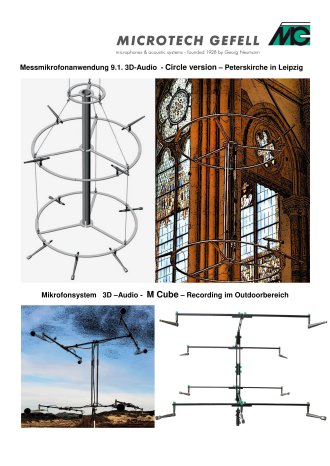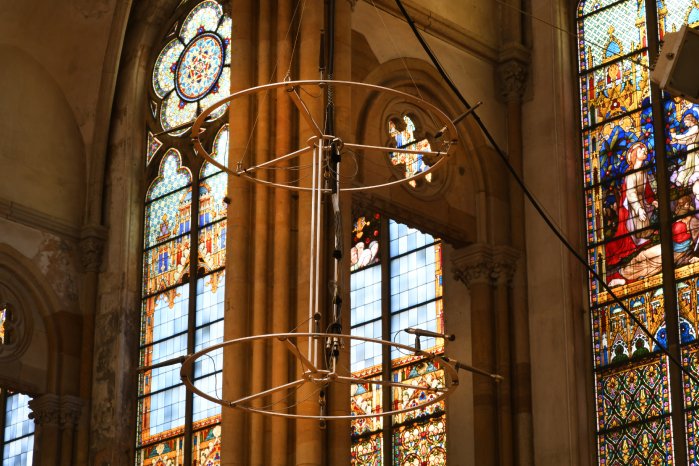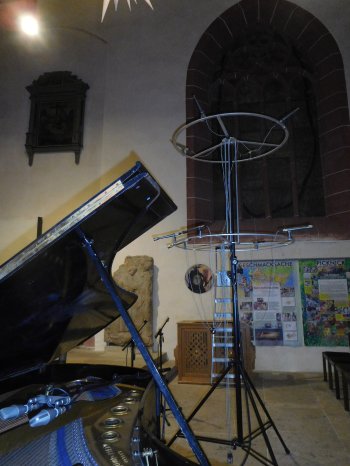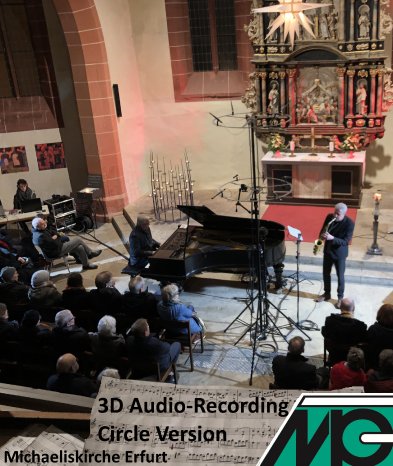3D audio recording from Gefell - A sound like being in the middle of it all
To be fully immersed in sound is an old dream and immersive is the current magic word. The quest for three-dimensional sound has been around for centuries.
As early as the 16th century, for example, a musical practice emerged in Italy that made musical history as "Venetian polychoralism". In architecturally suitable rooms, such as churches and cathedrals, the first spatial sound music was produced by several orchestras or choirs placed at different points in the room. Masters of this art were, among others, Giovanni Gabrieli and Johann Sebastian Bach.
The desire for a much more intense listening experience grew with the advent of sound recording.
Milestones here were the development of stereophony in the 1950s and its later extensions such as quadraphony in the mid-1970s, an early form of surround sound.
Immersive/3D or 3D audio versus surround sound
Immersive sound is distinguished by an additional height dimension, which is subjectively perceived as a sound enrichment.
With today's conventional 5.1 or 7.1 surround sound methods, the optimal listening experience is concentrated on a relatively small area in the respective centre of the room - the so-called "sweet spot". Optimum perception of the sound is only possible there. In simplified terms, "surround" stands only for punctual, 2D sound at ear level.
The additional height level in the 3D audio process, in contrast to common surround sound processes, conveys the feeling of being surrounded by sound. This is especially true for recordings in large rooms, where reflections from the ceiling also strongly influence the sound experience.
Initial experiences and technical solutions by 3D audio pioneers, such as those of Norwegian music producer and sound engineer Morten Lindberg, showed the potential of integrating an additional height level and inspired the MTG 3D-Audio R&D.
Following impulses from the music and film industry, Gefell, in cooperation with the Leipzig University of Applied Sciences/HTWK, therefore took on the challenges of developing practicable, versatile and cost-effective 3D array solutions with its own microphones at an early stage.
The challenge was to overcome existing scepticism on the part of many experts, as the workflow was often seen as complicated, complex and cost-intensive, as well as incompatible with established processes. Nevertheless, research continued and this highly interesting topic was investigated in the context of theses and projects at the HTWK Leipzig in cooperation with practice partners.
At a discussion meeting of the ITG and DEGA expert committees "Hearing Acoustics" and "Electroacoustics" at the Technical University of Deggendorf in 2018, Dr.-Ing. Matthias Domke (MTG Managing Director ) and Dipl.-Ing. (FH) Christian Birkner (HTWK Leipzig ) reported on the first successes of the cooperation.
A novelty in this context was the (seemingly) unconventional use of measurement microphones for 3D audio production, which proved itself in practical tests during concert and live recordings as well as in film production.
From theory to practice - milestones
Dresden Kulturpalast - Concert in 3D Audio
An important test was successfully mastered in March 2018 with a recording of the concert by "Deine Lakaien" in 3D audio.
Sebastian Dieterle was in charge. Building on his bachelor's thesis on 3D audio supervised by Dipl.-Ing. (FH) Christian Birkner, he used a Yamaha QL1 console and a Rio3224-D and 9 recording MTG microphones on a cube-shaped scaffolding structure for his 3D recordings.
From the micronphone array hanging from the hall ceiling, connecting cables were routed to the Kulturpalast's attic, where a Yamaha Rio3224-D I/O rack handled preamplification and A/D conversion.
The sample project in Dresden impressively demonstrated that high-quality 3D recordings can be created more easily and effectively than ever before using a "bundle" of Yamaha components, MTG microphones on a cube-shaped framework, and products from other manufacturers.
Live music events - jazz sounds in the Pfännerhall and "Spiritual Standards" in Erfurt
Versatility and 3D - practicality also in live music events could be proven in December 2019. Prof. Markus Burger/California/USA (piano) and Jan von Klewitz (saxophone) played in the Geiseltal (Saxony-Anhalt) and church music and secular songs in a newly interpreted jazz garb.
A novelty here - the songs were recorded audiovisually in 3D format. Microtech Gefell set up an appropriate system for 3D recordings. Christian Birkner from the HTWK Leipzig was responsible for the system, mixed the tracks and also processed the recordings into the final musical experience in 3D sound.
Other milestones were "Spiritual Standards", a symbiosis of improvisation and tradition by piano and saxophone in one of Erfurt's oldest churches, and 3D recordings in St Peter's Church in Leipzig.
The immersive audio recording solution based on a 9-channel microphone system for runtime-based 3D sound recordings in the "Circle Version" variant was used here.
Immersive sound and images in film production about refuge and violence
"Mare Nostrum - The Nightmare", is a German-Italian film co-production that premiered in November 2019 at the "360° Film Festival" in Paris, offers the viewer a stirring experience about a still-present humanitarian catastrophe.
A gripping 360° docufiction about the experiences of a young refugee on his way to Italy, the film tells the story of a boy who, like thousands of refugees from Africa and the Middle East, sees this journey as a last resort and embarks on a fatal odyssey.
Mare Nostrum captivates the audience with unique immersive storytelling. Brilliant stereoscopic 8K panoramas of Aspekteins meet a captivating 3D sound design, elaborately produced by MediaApes GmbH.
To turn the film into an experience, Nûjîn Kartal, r immersive audio specialist at MediaApes GmbH, recorded the sound in 3D, 360° and object-based using a cube construction equipped with MTG microphones.
Best of Show - Gefell`s M Cube - A Hit of the 147th AES CONVENTION NEW YORK
The Audio Engineering Society/AES is the only professional society dedicated exclusively to audio engineering and, as an international organisation, unites sound engineers, creative artists, scientists and students worldwide.
Absolute R&D highlights are the AES Conventions, a magnet also for the international trade press, such as the leading professional audio "MIX"-magazine for high-end recording, live sound and sound-for-picture .
Microtech Gefell`s M Cube system was not only successfully presented at the 147th AES CONVENTION, it was also awarded the category "Best of Show" by the editors of Mix magazine.
M Cube - A 9-channel microphone system for time-delayed 3-dimensional recordings
The M Cube, which is constantly being developed, is a 9-channel microphone system for time-delayed 3-dimensional recordings. What seems unconventional at first glance is the use of measurement microphones.
Nine omnidirectional pressure microphones are arranged in the shape of a cube with a length of about one metre per side. The positions are variably adjustable - so the dimensions of the microphone arrangement can be adapted to the dimensions of the room and the sound source. The mounting bars are provided with distance markings so that each adjustment can be easily repeated.
The M Cube is set up as a 5.0 array with four additional microphones for height information. Five M 102 condenser microphones are used for the lower level and four M 221 condenser microphones for the upper level.
By using omnidirectional pressure microphones, the frequency response is independent of the distance to the sound source, there is no proximity effect and the sensitivity to wind noise is minimal.
Certified WS1F and WS2F measurement microphone capsules in conjunction with a 48 V phantom preamplifier (which raises the capsule bias voltage internally to the required 200 V) ensure a constant magnitude and phase response in accordance with the narrow tolerances of DIN EN 61094-4 and long-term stable transmission characteristics. Only the capsule diameters and the noise level of the M 102 and the M 221 are different, all other transmission characteristics and the construction of both microphones are identical.
Due to the high microphone sensitivity of 50mV/Pa, a lower pre-amplification is necessary. This results in a lower noise level during recording. The optional use of acoustic equalisation spheres for the M 221 results in additional acoustic amplification in the high frequencies.
The use of metal diaphragms makes the microphones very insensitive to changes in humidity. All parts of the capsule - including the diaphragm - are made of nickel and are therefore very insensitive to temperature changes.
A commercially available sound calibrator can be used to supply the microphones with a precisely defined sound pressure level. This allows all microphones to be set to the same gain and also allows subsequent units to be optimally adjusted to the expected sound pressure level at the microphone position.
